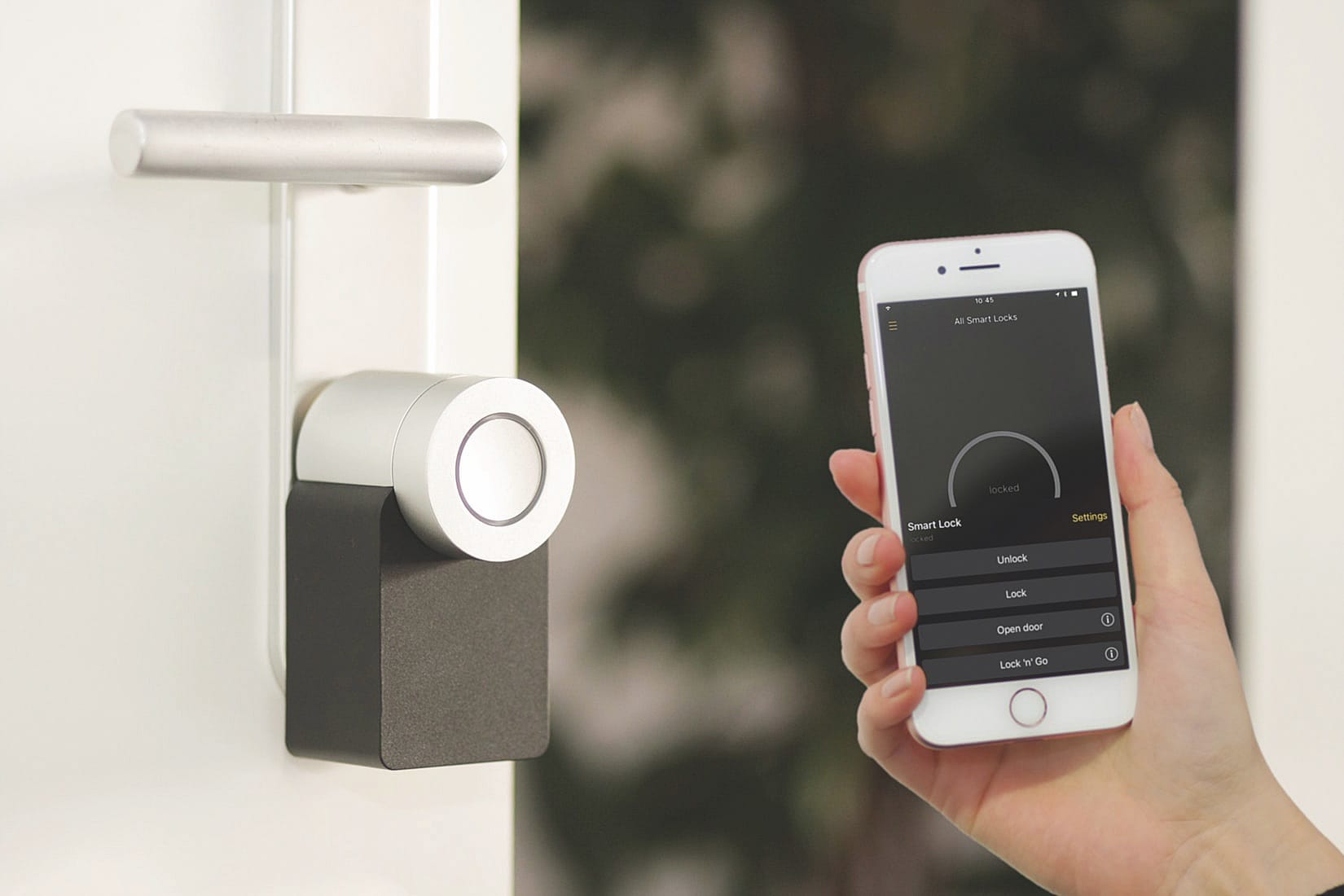Automation and Virtual Assistants
Finding Shortcuts to Daily Life Tasks

The past decade has seen the rise of digital virtual assistants and a big boom in the home automation industry. If you’ve seen the movies “Flubber” (1997) or “Chitty Chitty Bang Bang” (1968), you’ll know what I’m talking about; from machines that cook you a breakfast meal to a virtual assistant that develops an intimate relationship with its creator, these movies represented an over-optimistic view of where humanity’s future was headed. Yet, here we are, more than a decade later, with lightbulbs that change colours with voice commands and virtual assistants that have limited contextual awareness. It’s not to say that we haven’t lived up to the expectations of the filmmakers and audiences of old. It’s just that today’s world puts forward challenges related to safety and privacy that makes the development and distribution of these products challenging.
Today’s assistants represent a step towards a future of managing daily life tasks with intelligence augmentation and artificial intelligence. Google’s virtual assistant stands out with its controversial and highly impressive feature set. With the proposed ability to make calls to book a table at a restaurant or an appointment at a salon on your behalf, it’s currently the most capable in terms of speech recognition and conversational awareness. While these capabilities are ‘scarily’ good, it certainly is a step toward our surrender to the robot overlords. Just kidding - in reality, it’s a step toward better assistants throughout the industry as competition pushes innovation forward. Google has access to huge custom-curated datasets for backend algorithms to train and learn from, so it’s no surprise that their assistant is far ahead. Other assistants, although not as “smart” as Google’s implementation, make use of extensions to expand their capabilities; Amazon does this with Alexa skills, and Apple with Siri Shortcuts. However, these companies are heavily focused on pushing research that make these systems more capable for human interaction.
Coming to home automation, virtual assistants are integrated into smart-home speakers that act as central hubs for other internet-connected, smart-home devices such as lightbulbs, power sockets, thermostats, security cameras, or door locks. These devices are aimed at easing the ‘pressure’ on managing our daily lifestyle; in other words, they automate tasks and make living convenient. Basically, all devices connected to a central hub can be either controlled with your voice or through a connected smartphone.

Most smart-speakers, except Apple’s HomePod and the Sonos One, focus less on audio quality. Rather, their main purpose is to serve as a ‘voice box’ of sorts for the virtual assistants they house. Another category of central hubs include smart-hubs, which slap a touch-screen display on a smart-speaker for additional information. With a slowly increasing demand and market for these internet-connected smart devices, companies are continually supporting and expanding a wide range of products catered to smart-living.
On the digital automation side, Apple’s Shortcuts app takes an interesting approach to expanding the capabilities of Siri. Shortcuts are drag-and-drop scripts that have a logical flow similar to that of a flowchart and almost act as a programming language with the capability to manipulate data from different apps to automate tasks. These shortcuts can then be triggered manually, through voice commands with Siri or with NFC tags. Another platform is IFTTT (IF This Then That), which doesn’t have a set focus on virtual assistants but has a similar approach to Siri Shortcuts by connecting different apps and frameworks. The potential of these platforms in helping towards accomplishing daily life tasks are literally endless. Though, the ideal would be for an assistant to handle this process on its own instead of the end-user performing the setup and triggering the tasks.
With better datasets and increased funding on machine learning and natural language processing research, it’s expected that the conversational abilities and contextual awareness of these assistants would vastly improve as we head into the future. Furthermore, with microwaves and refrigerators now possessing the capability to link up with the internet, we’re waking up to an increasingly internet-connected world each day.








